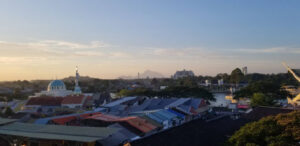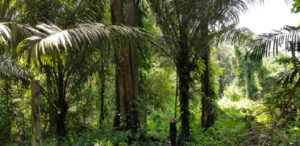
Beyond the Holarctic comfort zone: Thermoregulation in a Sundaland Rodent
Expedition Dates: May 31 – August 11, 2019
Field Team Members:
Ana M. Breit1,2, Tal Kleinhause-Goldman Gedalyahou3, Khairul Ikhwan4, Marcellinus Isaac Stia Dominic4, Andrew Alec Tuen4, Danielle L. Levesque 1,2
1 School of Biology and Ecology, University of Maine, USA
2 Climate Change Institute, University of Maine, USA
3 Department of Wildlife, Fisheries and Conservation Biology, University of Maine, USA
4 Institute of Biodiversity and Environmental Conservation, Universiti Malaysia- Sarawak
Expedition Location: Sarawak, Malaysia
Expedition Funding:
Maine Space Grant Consortium graduate summer fellowship to AMB and UMaine start-up funding to DLL.
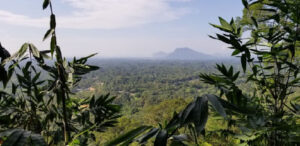
My objective was to quantify the thermal profile of the nocturnal murid rodent, Sundamys muelleri, by acquiring accurate subcutaneous temperatures and resting metabolic rate measurements at a range of set ambient temperatures. These data were then used to determine the lower critical and upper critical temperatures, beyond which they would need to expend more energy to maintain stable body temperature. We predicted that the small and nocturnal S. muelleri should have similar metabolic rates to other small mammals, and maintain lower body temperatures compared to diurnal tropical mammals We also expected the Sundamys rats to be more thermally flexible than small mammals found at higher latitudes.
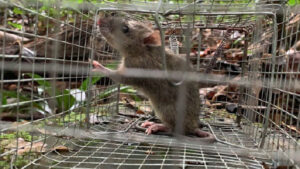
Data Collection
In collaboration with Dr. Andrew Alec Tuen from the local Univeristi Malaysia-Sarawak, we set up our field lab in the Bidayuh community forests of Kampung Tanjong Bowang (1.505°N, 110.154°E) in the district of Bau, Sarawak, Malaysia. There, we stayed with our gracious hosts, Lucia Upang and her family, where they run a weekend café for people climbing Mt. Singai. The jungle at the base of Mt. Singai is a secondary agroforest used for hiking and hunting.

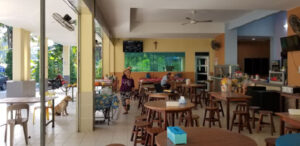
Together with two Unimas students, we set transects of traps throughout the local rainforest and baited each trap with a slice of pineapple or banana. We caught nocturnal species in the morning after the traps had been left open overnight. When we caught our species of interest, the Sundamys rat, we would take the individual back to our field lab and conduct flow-through respirometry. Respirometry is the measurement of the rate of oxygen used and carbon dioxide and water vapor produced by an individual that can then be used to calculate metabolic rate. By conducting respirometry experiments across a range of ambient temperatures and calculating the corresponding metabolic rates, we were able to find the lower critical temperature of the thermoneutral zone of Sundamys rats. Below the lower critical limit of between 32°C and 33°C, we found rats increased their metabolic rate, evaporative water loss, and thermal conductance (the inverse of insulation).
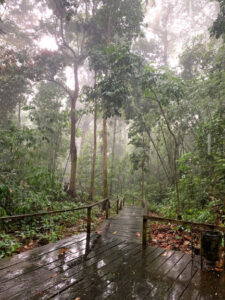
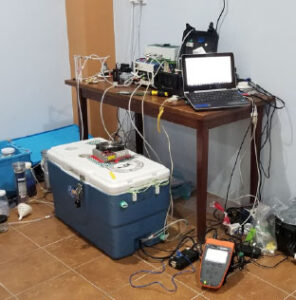

Back row: Marcellinus Isaac Stia Dominic, Gertrude Upang, Lucia Upang, and Dr. Andrew Alek Tuen.
Front row: Khairul Ikhwan, Ana Breit, Tal Kleinhause-Goldman Gedalyahou, and Babai the dog.
